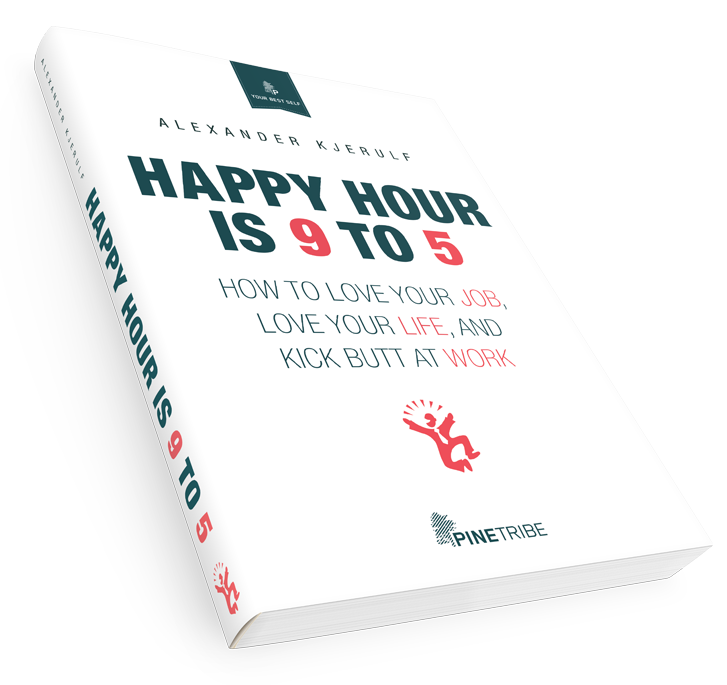
“Cognitive illusions can be more stubborn than visual illusions”
– Daniel Kahneman (Source)
This quote explains why many workplaces are still unhappy even though we all should know by now, that happy workplaces are not only more fun but also make more money.
In the image above, every horizontal line is perfectly straight. Don’t believe me? Hold up a ruler to your screen and check.
OK, now you know the horizontal lines are straight. What does your mind see? Bendy lines.
And in the same way, managers and employees alike are clinging to cognitive illusions like:
- Work is unpleasant but that’s normal and there are no happy jobs.
- The more hours we work, the better.
- If you’re enjoying yourself, you’re not getting enough done.
- Managers can never be friends with their employees.
- It’s a dog-eat-dog world and everyone is just out to screw everyone else over.
The list goes on… you can add your own in the comments.
Kahneman also notes how hard it is to change your beliefs, even when you know better:
When my colleagues and I learned that our leadership assessment tests had low validity, we accepted that fact intellectually, but it had no impact on either our feelings or our subsequent actions.
So how do we overcome our cognitive biases in the workplace (and in general)? It can be done, but it takes work. Here are 5 steps that help.
1: Be aware of your biases
This is where it all starts. We all have cognitive biases (Wikipedia has an exhaustive list) but as long as we are not aware of them, we are slaves to them. The first step to overcome a cognitive bias is to know that you have it. And you do :o)
2: Follow the facts
What conclusions do the facts actually support? For instance, if you look at productivity studies, permanent overwork leads to lower productivity, not higher. This is what the research shows. This is fact.
3: Be willing to acknowledge that you have been wrong
If you believe A but the facts support B then change your beliefs. Everything else is stupid.
4: Don’t be afraid to stand out
But this means going against the flow, since everyone else still believes A. Tough! Truth is not decided by majority rule, and it’s absolutely possible for 90% of any group to be dead wrong.
5: Use stories
Possibly the best tool for changing peoples’ minds is stories because stories speak to our emotions not just our intellect.
The upshot
Much of what you know about business is wrong. If you don’t do something about it, you will continue to believe it even now that you know it’s wrong. This is bad.
Your take
In your opinion, what are some of the most stubborn and pernicious beliefs in the business world? What beliefs have you changed personally? What helper you change? Please write a comment, I’d love to hear your take.



Leave a Reply